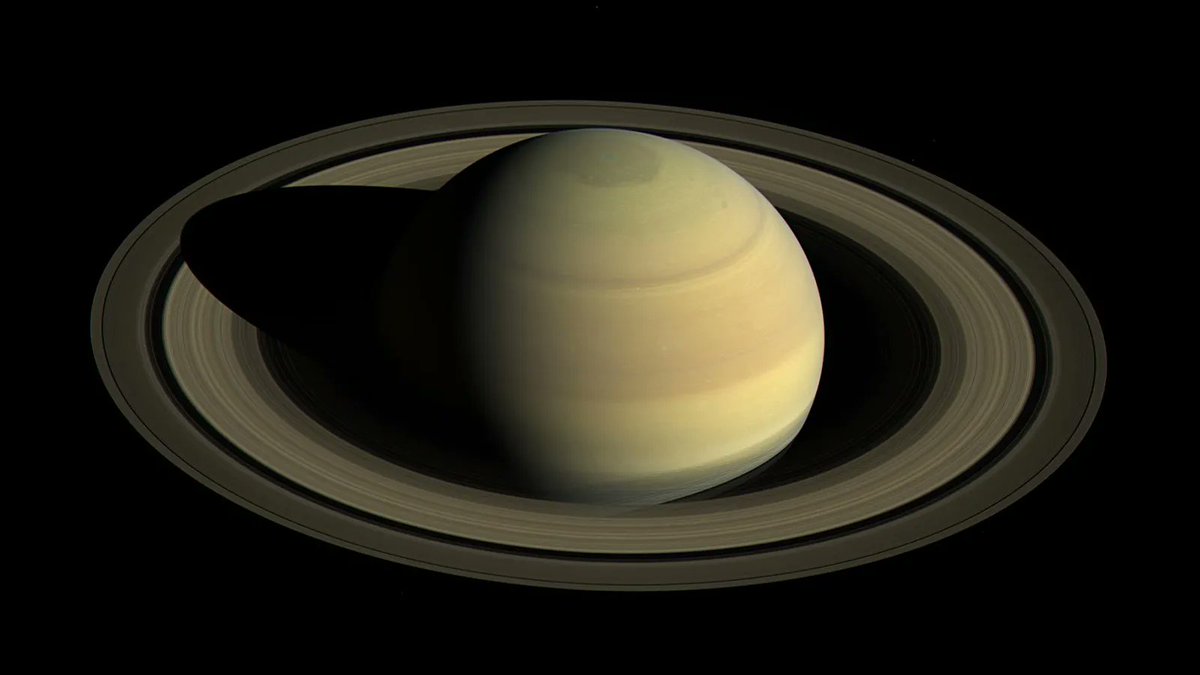It might be hard to fathom now, but the human exploration of the solar system isn’t going to stop at the Moon and Mars. Eventually, our descendants will spread throughout the solar system – for those interested in space exploration, the question is only of when rather than if. Answering that question is the focus of a new paper released on arXiv by a group of researchers from the US, China, and the Netherlands. Their approach is highly theoretical, but it is likely more accurate than previous estimates, and it gives a reasonable idea of when we could expect to see humans in the outer solar system. The latest they think we could reach the Saturnian system is 2153.
How to even start such a calculation is complicated, so it’s best to start at the basics, which in this case involves a bit of calculus. To understand when humans will reach further out in the solar system, the authors needed two variables – distance and time. In this case, distance is defined as the distance from Earth that humans have traveled, and time is defined as having started at the beginning of the Space Race in 1957 when no human had yet left Earth.
Another critical data point is when humans made it to the Moon in 1969. At a distance of .0026 AU, it wasn’t very far into the solar system but was a start. The next step in exploration is still speculative at this point, but the authors set up two different scenarios for when humanity will reach Mars. Given the launch windows, they estimate that the first humans will realistically set foot on the Red Planet in 2038, which is when NASA’s Artemis program is planning for. But they also recognize that, given the history of delays in the human space exploration program of late, it could be as late as 2048. Using this separate starting point, they develop a “delayed” timeline of the rest of the exploration steps, and, as it is exponential, it has a correspondingly big impact on the dates of other milestones.
Reaching Mars certainly isn’t the only factor impacting the exploration of the rest of the solar system. The authors use two other variables – NASA’s budget and the level of space exploration technologies.
Using NASA’s budget might seem relatively biased, as the agency only represents one country, even if that country does have the world’s most extensive space program. However, it can act as a proxy for space exploration funding more generally, though the private sector has been gaining more attention recently. There is undoubtedly debate within the space community about whether the first person on Mars will even be from a governmental agency. Either way, using NASA’s budget as a variable in the equation unlocks a relatively simple linear relationship between time and a non-inflation-adjusted budget.
Technological advancement is harder to quantify, but the authors use a model of the number of papers published in a given year that mention deep space exploration as a proxy for the level of technology necessary to complete those missions. The relationship they found for that metric of the number of papers over time is exponential, reaching a high of almost 2,000 papers per year recently.

Credit – Rosen et al.
This combination of linear and exponential relationships results in an equation that can be solved by plugging in the data points for distance and time of the beginning of the space race, the first crewed landing on the Moon, and the (still hypothetical) first crewed landing on Mars. From that model, dates of milestones begin to tumble out. Humanity could reach the Asteroid Belt in 2073, Jupiter’s system in 2103, and finally Saturn as early as 2132. As discussed above, there are some significant potential differences based on the uncertainty of the planned Mars landing. Still, the general trend is one of exponential exploration, as long as we continue with our current level of technological progress and budgetary levels. That would be music to any space fan’s ears.
Learn More:
Rosen et al. – Impact of Economic Constraints on the Projected Timeframe for Human-Crewed Deep Space Exploration
UT – The Value of Space Exploration
UT – Artemis 1 Probably won’t Launch Until August
Lead Image:
Image of Saturn taken by Cassini
Credit – NASA / JPL-Caltech / Space Science Institute

